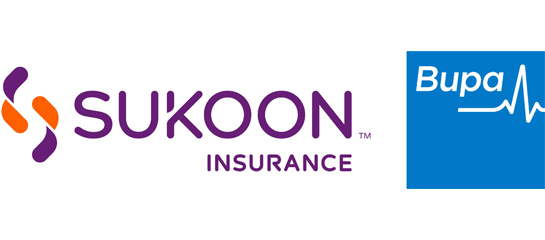Natural ways to help regulate your blood pressure
High blood pressure can increase health risks, but small lifestyle changes can help. This article covers natural ways to manage blood pressure, including diet, exercise, and stress management.

Suffering from headaches, shortness of breath, dizziness, nosebleeds or chest pain? While many health conditions can cause these symptoms, if you are experiencing them regularly you may want to chat to your healthcare provider about your blood pressure.
High blood pressure (known as hypertension) occurs when pressure increases to unhealthy levels which can damage your blood vessels causing the high blood pressure symptoms listed above. While Hypertension is quite common (1.28 billion people have this condition globally), in many cases it can be treated naturally through lifestyle changes provided you do not have a genetic predisposition. If left untreated however, hypertension can lead to heart attack, stroke, heart failure and other serious life threats.
So how can you achieve normal blood pressure and avoid hypertension? Here are our top 5 natural ways to try to regulate your blood pressure.
Get moving
According to a Mayo Clinic study regular exercise (even simple walking) is as effective at lowering blood pressure as commonly used medication. Exercise is renowned for circulating the blood and strengthening the heart, meaning it doesn’t have to work as hard to pump. Implementing a regular daily exercise routine (even as little as 30 minutes a day) could significantly help regulate your blood pressure.
Reduce your stress
When you are stressed, your adrenal glands release a hormone called cortisol into your bloodstream. Often referred to as the “stress hormone”, cortisol causes an increase in your heart rate and blood pressure. One way to calm your stress response however is through simple breathing exercises and practices such as meditation, yoga and Thai Chi. In fact, according to a study of 20,000 Japanese individuals with hypertension and normal blood pressure, people can reduce their systolic blood pressure significantly by simply taking six deep breaths within a 30 second period.
Pass on the salt
A medical study suggests that a reduction in your salt intake can have a favourable effect on the cardiovascular system and even reduce blood pressure. The American Heart Association recommends aiming for 1,500 mg of sodium in a day, and certainly no more than 2,300 mg (about a teaspoon). Try using additional spices and herbs on your meals to add flavour rather than salt, and stay away from processed foods such as bread, pizza, poultry, soup and sandwiches which are usually jam-packed with hidden salt.
Up your milk protein
Studies have proven that replacing refined carbohydrates (such as white flour and sweets) with foods high in soy or milk protein (such as tofu and low-fat dairy) can actually bring down systolic blood pressure in those with hypertension. Try adding tofu to your stir-fried food, making tofu scramble for breakfast or whipping up a delicious chocolate mousse with silken tofu. Adding low-fat dairy into your diet such as yoghurt, milk and cheese can also help reduce blood pressure.
Switch coffee for decaf tea
If you are looking to lower your blood pressure you might want to switch your morning shot of espresso for a delicious cup of green tea. A 2014 meta-analysis study has found that green tea is actually associated with significantly lowering blood pressure over time. Renowned for its many antioxidant benefits, green tea is known to help lower cholesterol, reduce plaque buildup and maintain a healthy cardiovascular system.
We hope the above tips help to regulate your high blood pressure, however, as with any lifestyle or dietary changes, it is important to always check with your healthcare provider first.
- World Health Organization (https://www.who.int/news-room/fact-sheets/detail/hypertension), last accessed in August 2023
- American Heart Association (https://www.heart.org/en/health-topics/high-blood-pressure/health-threats-from-high-blood-pressure), last accessed in August 2023
- Mayo Clinic (https://www.mayoclinic.org/diseases-conditions/high-blood-pressure/in-depth/high-blood-pressure/art-20046974f), last accessed in August 2023
- US National Library of Medicine (https://www.ncbi.nlm.nih.gov/books/NBK538239/), last accessed in August 2023
- US National Library of Medicine (https://pubmed.ncbi.nlm.nih.gov/16231755), last accessed in August 2023
- US National Library of Medicine (https://www.ncbi.nlm.nih.gov/pmc/articles/PMC6770596), last accessed in August 2023
- American Heart Association (https://www.heart.org/en/healthy-living/healthy-eating/eat-smart/sodium/how-much-sodium-should-i-eat-per-day), last accessed in August 2023
- US National Library of Medicine (https://www.ncbi.nlm.nih.gov/pmc/articles/PMC3150301), last accessed in August 2023
- US National Library of Medicine (https://www.ncbi.nlm.nih.gov/pmc/articles/PMC4150247), last accessed in August 2023







